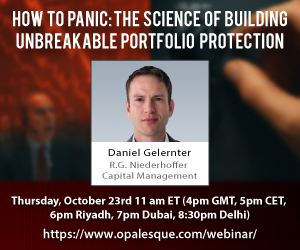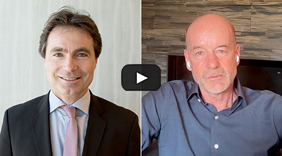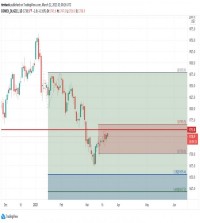|
Opalesque Industry Updates - Barclays Capital today announced the findings of Raising the Game, a report on the state of the hedge fund industry after the first nine months of 2009, released by the firm’s Prime Services division. The report, based on interviews with hedge fund managers whose funds manage a combined total of $387 billion of assets (AUM), approximately one third of the industry, found that hedge funds across the globe are now devoting greater resources to more clearly differentiate themselves in light of the industry reshaping turmoil of the past 18 months. Managers surveyed for Raising the Game reported that their AUM is down an average of 32% from peak levels, however managers reported a positive outlook for fund raising. Overall, the hedge fund industry has seen approximately $150 billion of inflows in the first nine months of the year. Managers of mid-sized and large funds – more than $5 billion of AUM – witnessed lower outflows than smaller funds – less than $5 billion of AUM. Managers of mid-sized funds – those with $5 billion to $10 billion of AUM – reported that year to date inflows have outpaced outflows, resulting in net positive flows of approximately 5% in AUM. Andrea Gentilini, Head of Strategic Consulting in the firm’s Prime Services division and author of the report, said, “Raising the Game found that hedge fund managers are significantly more positive on the industry outlook, and having seen $150 billion of inflows in the first nine months of the year, they have good reason. However, Raising the Game has shown that the dramatic changes in the hedge fund landscape caused by the market dislocations have forced managers to be more strategic in their asset raising practices and brand management. Managers can no longer let returns sell themselves - today’s investors want more communication, more due diligence and more transparency. Funds that focus on this have clearly been recognized by investors.” Hedge fund managers are now being more strategic in their asset raising strategies, according to Raising the Game, with surveyed managers showing a clear trend in building their marketing and investor relations teams and increasing their investor communications. While larger funds currently have the largest marketing and IR teams, the biggest planned increase is by funds with less than $5 billion of AUM, who are looking to increase headcount in their asset raising teams by an average of 35% to 40% as they seek to recapture funds redeemed in the market dislocation. The surveyed hedge fund managers cited the closing of new investor leads as the most significant change in the asset raising process. While genuine hedge fund investors are still easily identifiable, managers reported a heightened need for dedicated relationship building with investors and more due diligence before any commitment of new funds. Sales cycles have approximately doubled in length, with potential for this to increase further. Reflecting this trend, the most sought-after skill for managers is deep capital markets experience which enables new marketing or investor relations employees to clearly articulate and differentiate the fund’s strategy in the same way as a portfolio manager. Conversely, a traditional rolodex of contacts has become less important today than historically; managers now instead seek individuals with strong project management skills who can manage multiple leads and follow through to secure assets. Raising the Game found that institutional investors still favor larger hedge funds, with more than 40% of allocation to funds with more than $10 billion of AUM coming from institutional investors; funds of hedge funds dominate the investor base for funds with less than $1 billion of AUM. North American investors continue to dominate the investor base, followed by European investors; geographical diversification outside of North America improves significantly above $10 billion of AUM, a reflection of the fact that these funds generally maintain multiple distribution offices.
Key findings detailed in Raising the Game include:
Corporate website: www.barclayscapital.com - FG |
Industry Updates
BarCap: Hedge funds see $150bn inflows in first nine months of 2009, mid-sized funds most attractive for investors
Tuesday, December 15, 2009
|
|





 RSS
RSS









